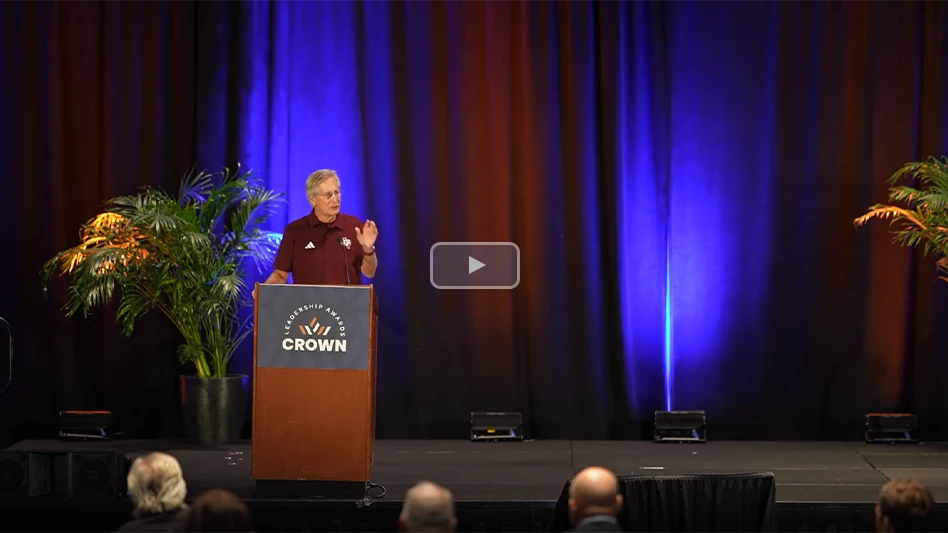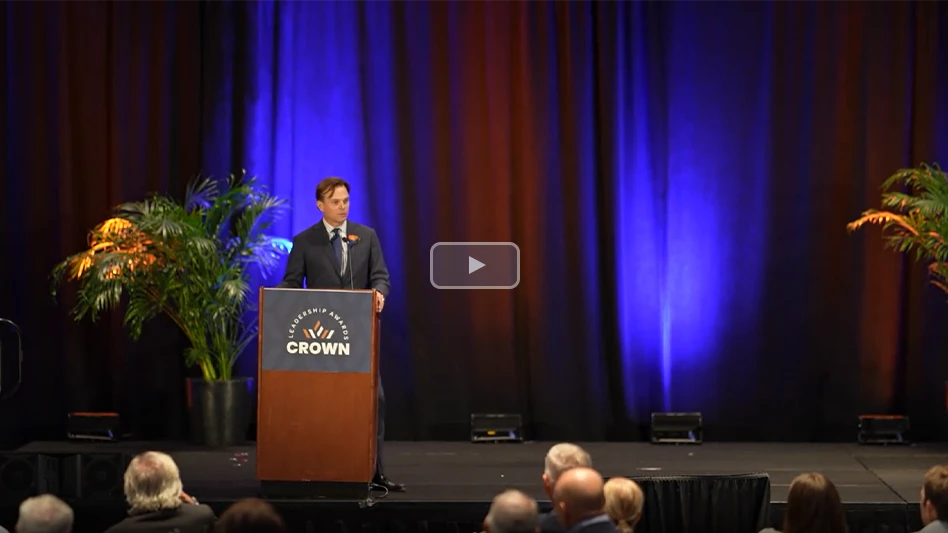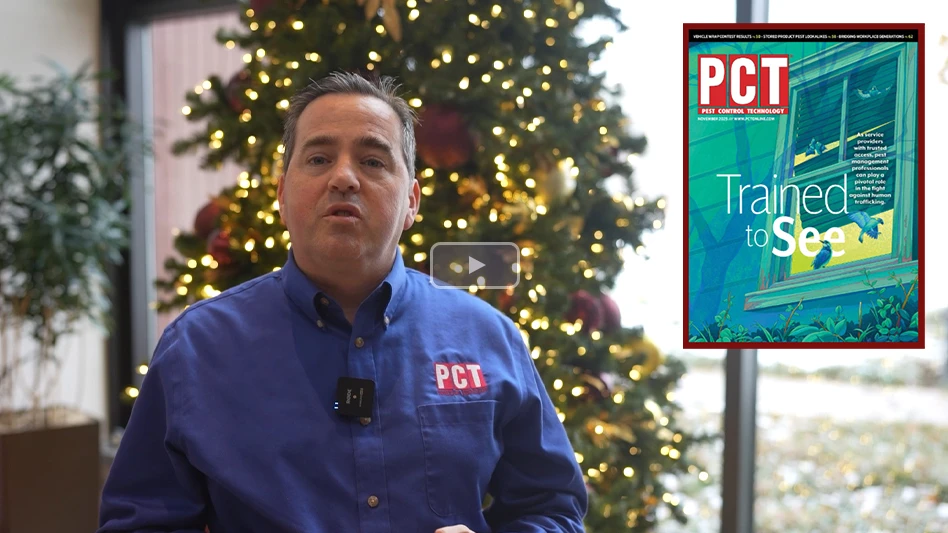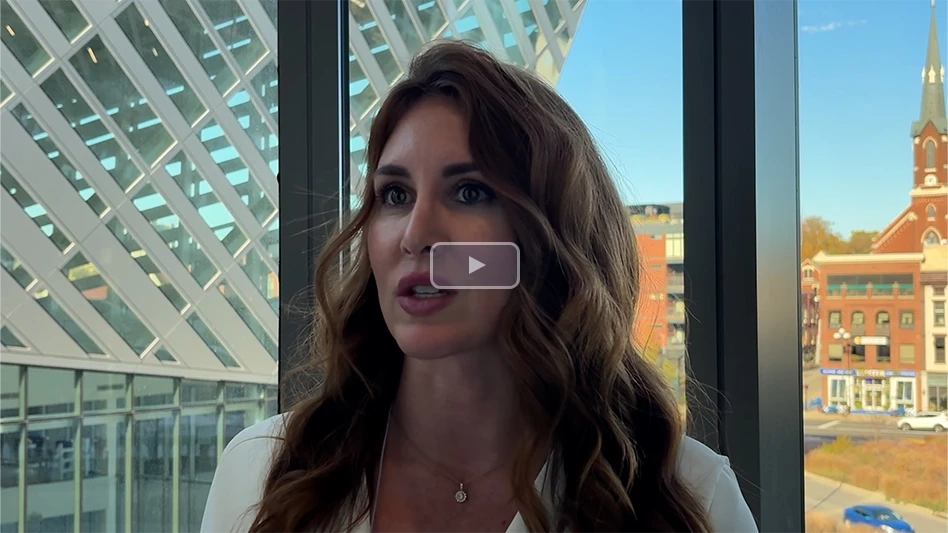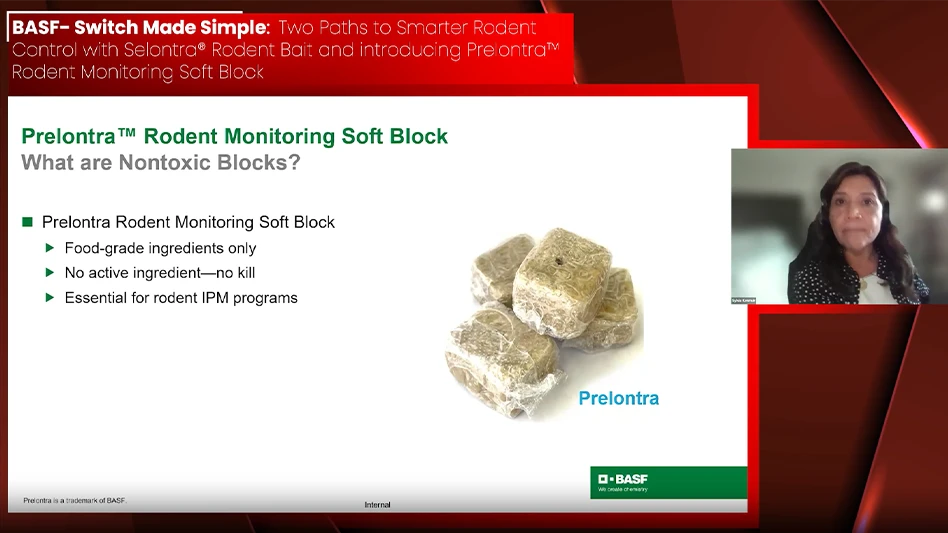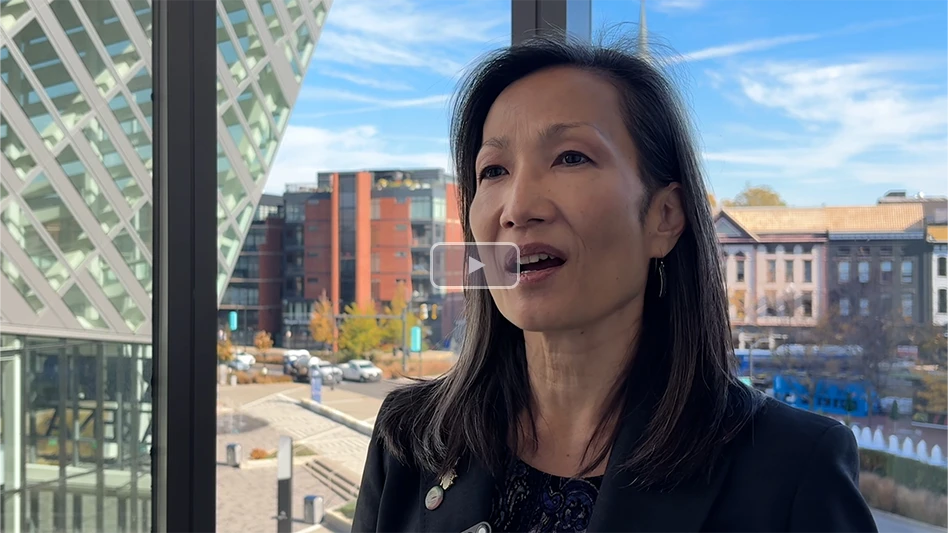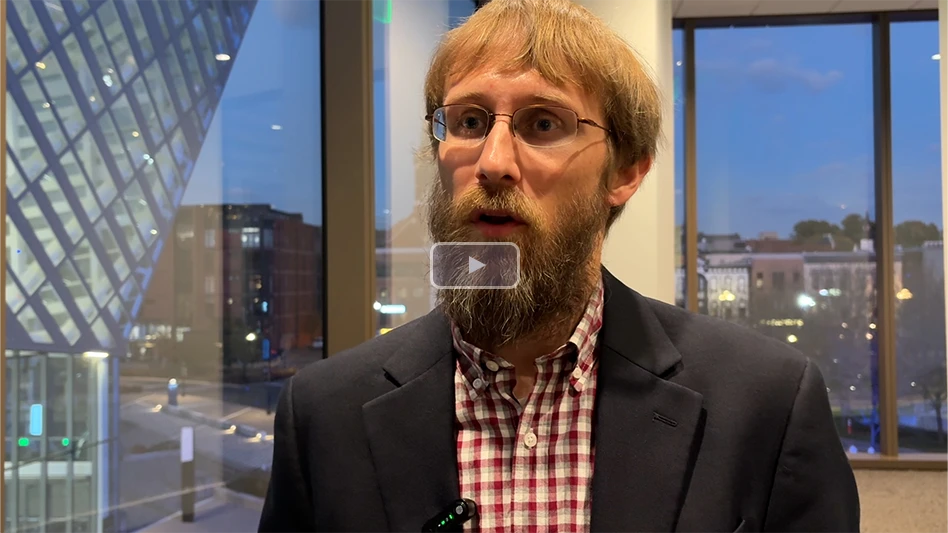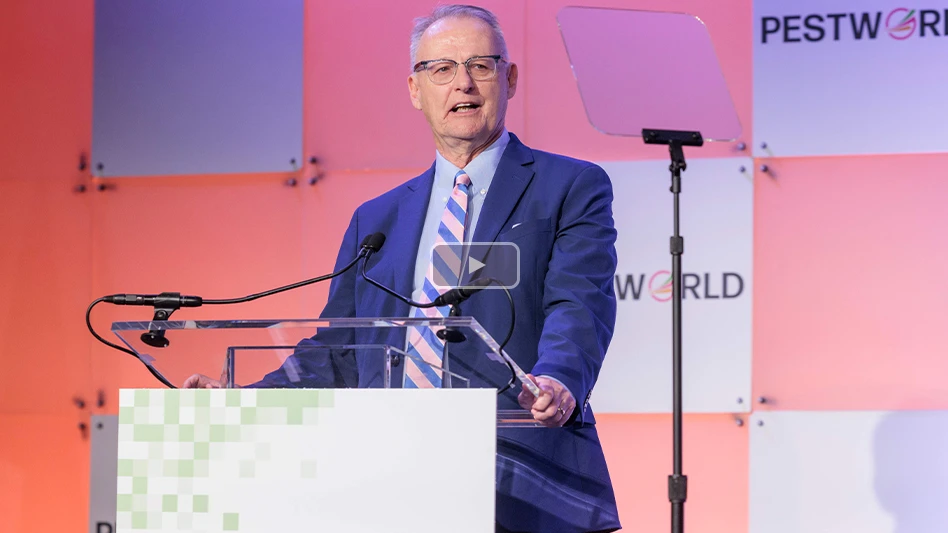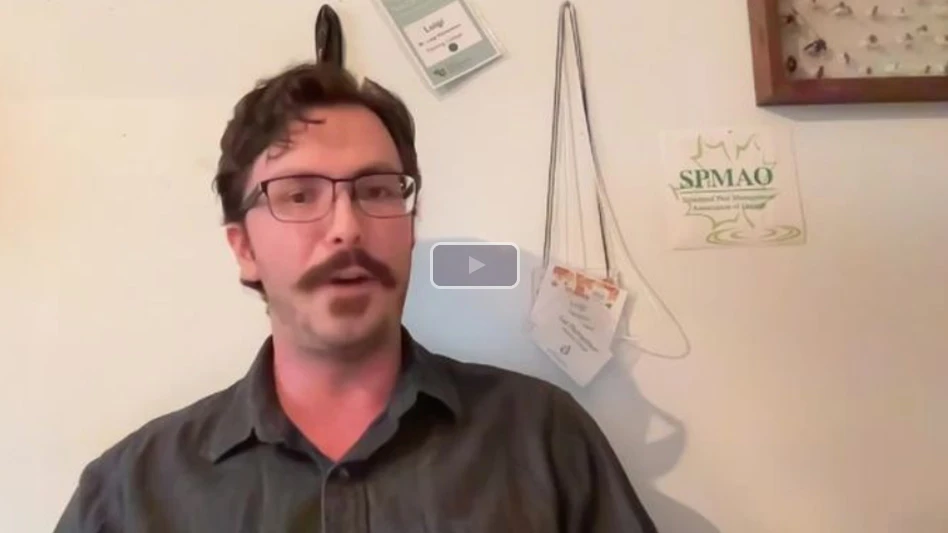Stinging insects play critical ecological roles, preying on pest insects, serving as key pollinators and cycling nutrients. However, we tend to notice them more when they are being a nuisance, or for some individuals, posing life-threatening health risks. It’s for the latter reasons that pest management professionals who control stinging insects are important public health protectors.
In this MGK-sponsored webinar, Mark VanderWerp, manager of education & training, Rose Pest Solutions, reviewed identification tips and the lifecycles of commonly encountered stinging insects; effective management strategies; staying safe on the job; working in public spaces; and case studies.
Latest from Pest Control Technology
- Advanced Education
- Fox Pest Control Recognizes Shreyan Singha as '25 Scholarship Winner
- Prodigy Pest Solutions Promotes Shaun Reeves to Technical Director of Operations
- Bobby Jenkins Named the 2025 Crown Lifetime Achievement Award Recipient
- Abell Pest Control Marks Five Years of ‘12 Days of Giving’
- Built-by-Owner Home? Look for Surprises
- The Pest Rangers Acquires O.C.E. Pest & Termite Control
- The Professional Pest Management Alliance Expands Investor Network
